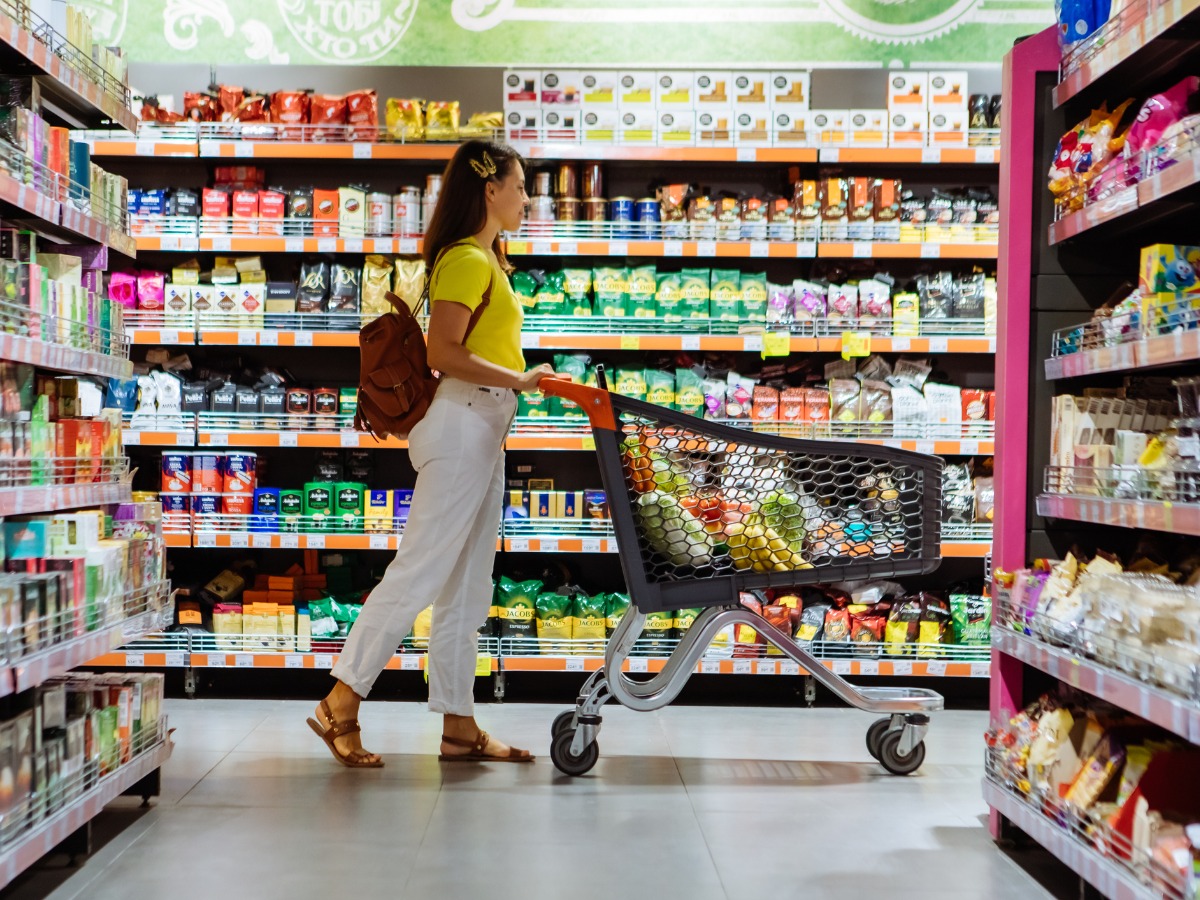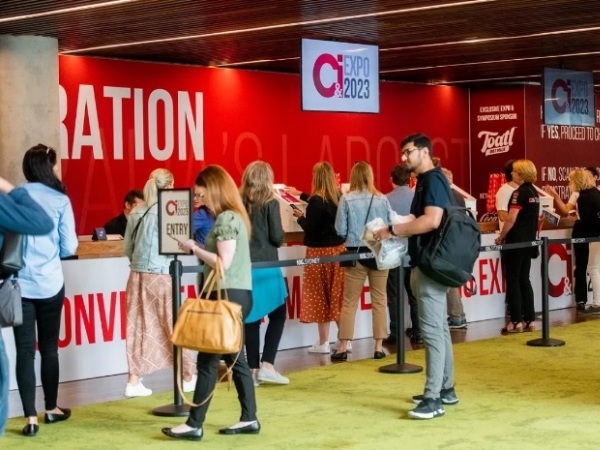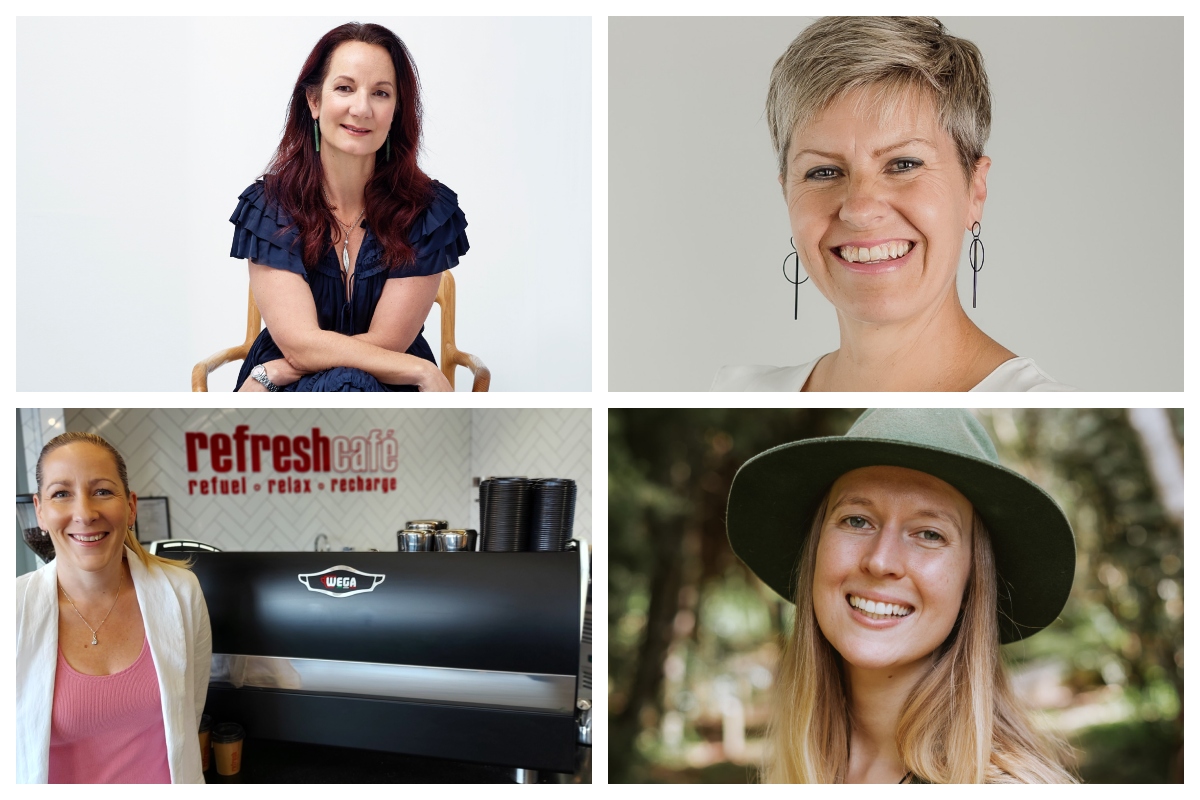How can you grow sales without spending a dollar – it seems impossible, right? There’s a catch, there must be. Well, if you use what you have got better; then you can increase sales.
Specifically, a better use of your range, your layout and your experience will maximise the potential of every shopper that comes in the door.
So, what are the five steps?
1. First understand your market and the role in you play in it. You might be a city fringe convenience store with a small, but very loyal customer base or a large high traffic, service station with a huge customer count but a low non-fuel basket.
Whatever your market you need to understand it and then decide how you best cater for it. Can you describe your regular customers – what are their habits, when and how often do they shop with you and why do they choose you?
2. Second find your niche within that market and serve it well. Having established why your customers stop and shop with you, then leverage that. Give them more reasons to stop and grow frequency.
We know that top-up shops dominate the convenience occasion, but have you got the right products that support that behaviour and so end up in their basket? You’ve got to be realistic but extend the range that you stock for your loyal customers and so give them more reasons to buy.
3. Third analyse your sales data and work out where you make your money. Whether it’s a simple ranked spreadsheet or a POS report broken down by day versus last year – we always find nuggets for our clients!
Find those big sellers, the rising stars and then run a margin review over them. Wouldn’t it be great if big sellers equalled big margins? It doesn’t normally work that way but leveraging the bigger brands to interrupt the shopper is valuable. And while the local guy who produces down the road will often give you great margins, will you get the rate-of-sale and how will they drive their product off your shelf?
4. Fourth make your tailored range visible so it is easy to shop. We do a lot of relays for our clients each year, but this year has been our biggest by far. It’s fascinating to see which products end up dumped in the deleted trolley and which new ranges take prime position on shelf. It makes sense for customer satisfaction, for revenue and profit to give your biggest sellers the right shelf location and enough stock so your customers aren’t disappointed, and your staff aren’t constantly refilling. The cost of empty shelves on big brands can be huge – not just for the sale that day but the perception it can give to that new customer who thought they’d swing by that day.
5. The fifth and final point is all about making it a great experience. You can have the best range tailored and presented for your market, but if the store’s entrance is dirty or your staff don’t welcome new customers or smile when they are taking payment – it’s going to be tough. I read new research last week that said some customers are likely to spend up to 40 per cent more with a retailer who serves them with a smile. Staff engagement is critical – how many times have you walked into a store and felt something’s not right? Maybe the energy’s not there or staff just aren’t enjoying what they do. Ask friends to be mystery shoppers and recognise staff who provide a great experience.
It really can be as simple as that – get to know your customers, serve them better using your data, and provide a great range and memorable experience – and none of those cost a dollar!



